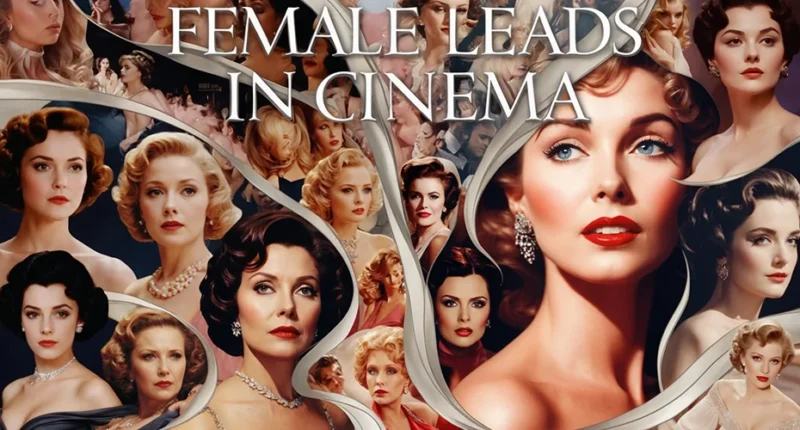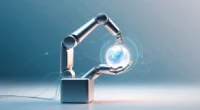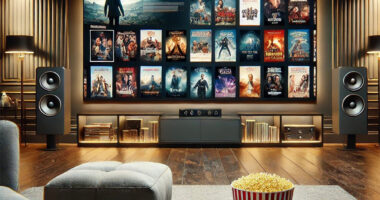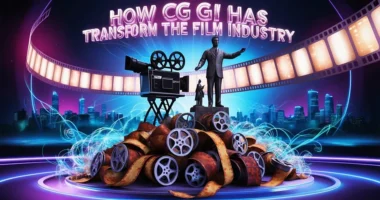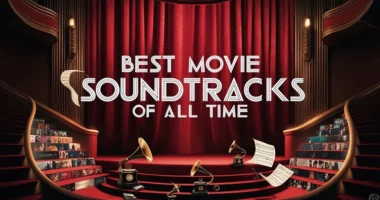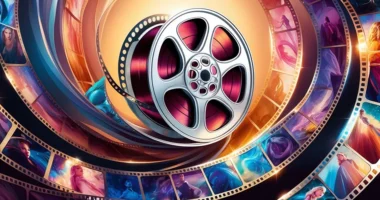Table of Contents
The portrayal of women in movies has come a long way. From being side characters to becoming the center of attention, female leads in cinema have grown in depth, complexity, and importance. This journey reflects not only the changes in the film industry but also society’s evolving views on gender and equality.
The Early Days of Cinema
In the early days of movies, female characters often played limited roles. They were usually love interests, damsels in distress, or secondary characters supporting male protagonists. These roles reflected the traditional gender roles of the time, where women were expected to be passive and dependent.
However, even in those times, there were exceptions. Silent film stars like Mary Pickford and Greta Garbo stood out, showcasing women as independent and strong-willed. These actresses proved that audiences were drawn to compelling female leads, even if the opportunities were limited.
The Golden Age of Hollywood
During the mid-20th century, female leads began to shine brighter. Actresses like Audrey Hepburn, Marilyn Monroe, and Katharine Hepburn brought charm, talent, and individuality to their roles. While many movies still centered around romance, some explored deeper themes, giving female characters more depth.
Films like Gone with the Wind and Breakfast at Tiffany’s highlighted strong, memorable women, though often within the constraints of traditional storytelling. The female lead was becoming more prominent, but true equality in representation was still a long way off.
Breaking Stereotypes
The 1970s and 1980s brought a shift in how women were portrayed on screen. Movies began to challenge traditional stereotypes, offering female characters who were tough, independent, and capable. Sigourney Weaver’s role as Ellen Ripley in Alien redefined women in action movies, showing that female leads could command thrilling, high-stakes narratives.
At the same time, feminist movements influenced cinema, encouraging filmmakers to write stronger and more complex roles for women. This period saw the rise of diverse female characters who were not defined by their relationships with men.
Modern Cinema and Female Empowerment
In recent decades, female leads have taken center stage in all genres of film. Characters like Katniss Everdeen in The Hunger Games and Wonder Woman brought powerful, multi-dimensional women to action and adventure stories. These roles inspired audiences, particularly young girls, by showing that women can be heroes, leaders, and warriors.
Dramatic films have also pushed boundaries. Stories like Little Women and The Help delve into women’s experiences, exploring themes of ambition, resilience, and sisterhood. Female-led comedies like Bridesmaids and Crazy Rich Asians have proven that women can dominate the box office in traditionally male-dominated genres.
Diversity and Representation
Today, the conversation around female leads is not just about giving women the spotlight but also ensuring diversity and inclusion. Films are increasingly portraying women from different cultures, backgrounds, and experiences. Movies like Black Panther and Everything Everywhere All at Once celebrate the richness of diversity while placing strong female characters at the forefront.
Challenges and Progress
Despite the progress, challenges remain. Women are still underrepresented in some areas of cinema, both on screen and behind the scenes. However, initiatives promoting gender equality in filmmaking and storytelling are gaining momentum, pushing the industry toward a more balanced future.
Conclusion
The evolution of female leads in cinema is a reflection of broader social changes. From the early days of limited roles to the empowering and diverse characters we see today, women in movies have made incredible strides. As audiences continue to demand authentic, inspiring stories, the future promises even more groundbreaking roles for women in film. Female leads are not just characters on a screen—they are symbols of strength, resilience, and the endless possibilities of storytelling.
